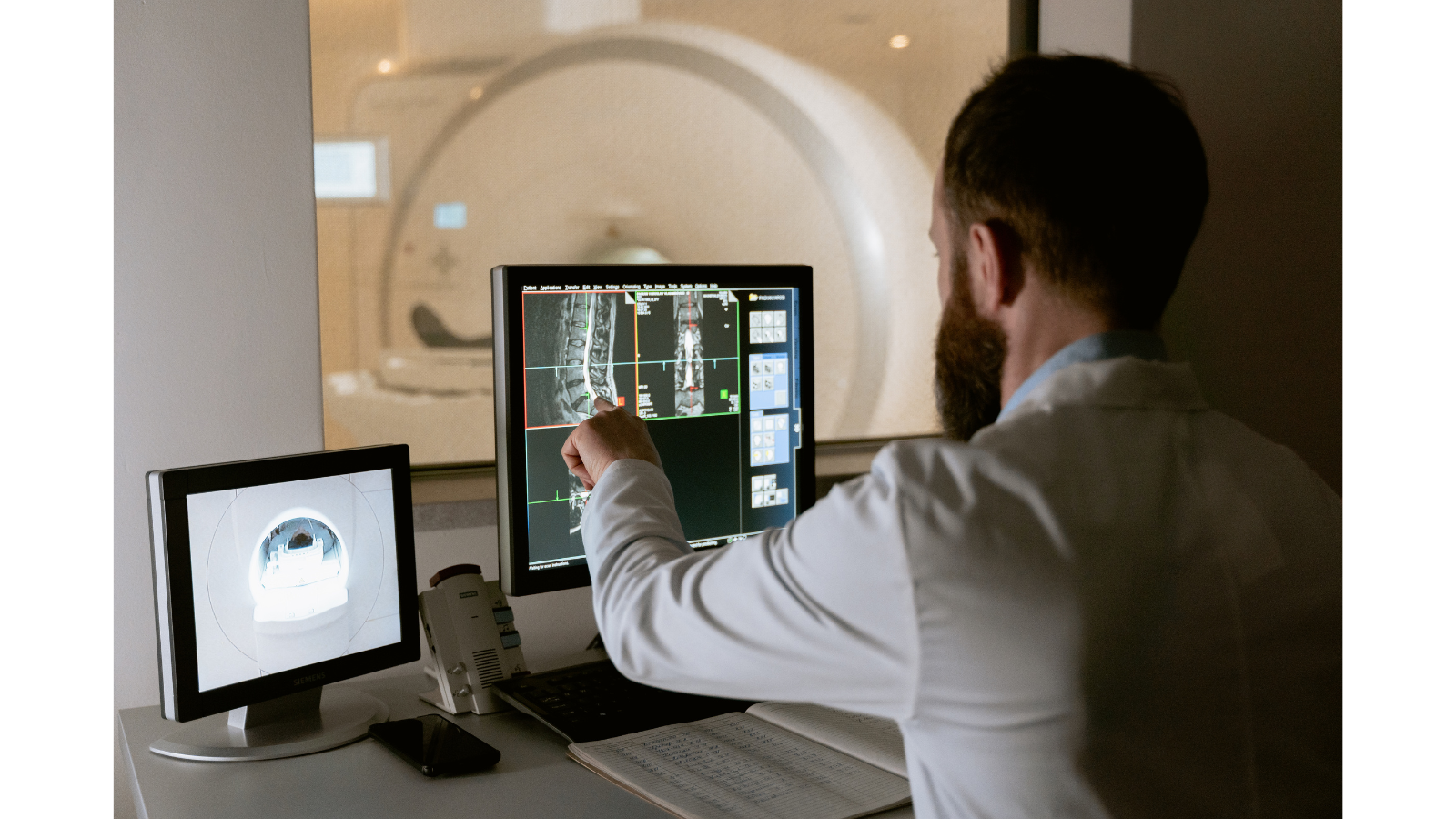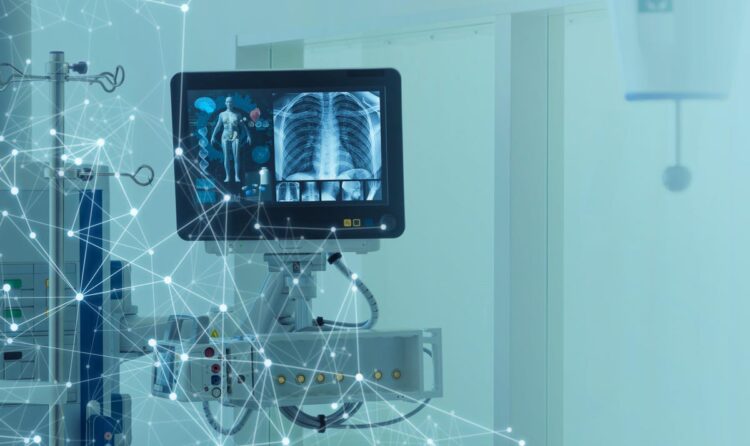This article will explore the impact of AI-powered medical diagnosis tools on patient outcomes in the healthcare industry. The article will discuss the benefits of using AI in medical diagnosis and how it can improve patient outcomes. Additionally, the article will highlight some of the challenges and limitations of AI in medical diagnosis and how they can be addressed.
The healthcare industry has been undergoing significant changes in recent years due to advancements in technology. One area that has seen significant progress in medical diagnosis, is where artificial intelligence (AI) has been increasingly used to improve patient outcomes.
AI-powered medical diagnosis tools are changing the way physicians diagnose and treat diseases, offering a more accurate and timely diagnosis, which can lead to better patient outcomes. This article will explore the impact of AI-powered medical diagnosis tools on patient outcomes in the healthcare industry.
Benefits of AI in Medical Diagnosis
One of the main benefits of using AI in medical diagnosis is the ability to analyze large amounts of data quickly and accurately. This can help physicians make more informed decisions about a patient’s diagnosis and treatment plan. Additionally, AI can help identify patterns in patient data that may be difficult for humans to detect, leading to more accurate diagnoses.

AI-powered medical diagnosis tools can also reduce the time it takes to diagnose and treat patients. Traditional diagnosis methods can take weeks or even months to reach a diagnosis, while AI can provide a diagnosis in a matter of minutes or hours. This speed can be critical in cases where time is of the essence, such as in emergency rooms or when dealing with fast-spreading diseases.
Another benefit of AI-powered medical diagnostic tools is the ability to reduce errors and improve patient safety. AI can help detect errors or inconsistencies in patient data, leading to more accurate diagnoses and treatment plans. Additionally, AI can help reduce the risk of adverse drug reactions by identifying potential drug interactions or allergies.
Challenges and Limitations of AI in Medical Diagnosis
Despite the many benefits of AI in medical diagnosis, there are also several challenges and limitations that need to be addressed. One of the main challenges is the lack of standardization and regulation of AI-powered medical diagnostic tools. This can lead to variability in the accuracy and reliability of these tools, which can impact patient outcomes.
Another challenge is the “black box” problem, where it may be difficult to understand how an AI-powered medical diagnosis tool arrived at a particular diagnosis. This can make it difficult for physicians to make informed decisions about a patient’s diagnosis and treatment plan.
Additionally, there are concerns about the potential for AI to perpetuate biases in medical diagnosis. If the data used to train an AI-powered medical diagnosis tool is biased, then the tool may also be biased in its diagnosis. This can lead to disparities in healthcare outcomes for different populations.
Finally, the use of AI-powered medical diagnosis tools raises ethical concerns, such as patient privacy, data security, and the potential for AI to replace human judgment entirely. These concerns need to be addressed to ensure that AI is used responsibly and ethically in medical diagnosis.
Addressing Challenges and Limitations
To address the challenges and limitations of AI in medical diagnosis, several steps need to be taken. Standardization and regulation of AI-powered medical diagnosis tools are essential to ensure their accuracy and reliability.

Additionally, there needs to be more transparency in how AI-powered medical diagnosis tools arrive at a particular diagnosis, allowing physicians to make more informed decisions. To address biases in AI-powered medical diagnosis tools, more diverse data sets need to be used to train these tools, ensuring that they are representative of different populations.
Additionally, there needs to be ongoing monitoring of these tools to ensure that they are not perpetuating biases or disparities in healthcare outcomes.
Finally, ethical concerns related to patient privacy, data security, and the potential for AI to replace human judgment entirely need to be addressed.
This can be achieved through the development of ethical guidelines for the use of AI in medical diagnosis, as well as ongoing monitoring and evaluation of these tools.
Conclusion
In conclusion, the impact of AI-powered medical diagnosis tools on patient outcomes is a rapidly evolving field with immense potential. With advances in machine learning and big data analytics, AI tools are becoming more accurate, reliable, and effective at diagnosing a wide range of medical conditions.
While there are still some limitations and challenges to be addressed, the potential benefits of AI-powered medical diagnosis tools are too great to ignore. As the healthcare industry continues to adopt these tools, it is important to maintain a careful balance between the need for accuracy and efficiency, and the need to ensure the ethical and responsible use of AI in healthcare.
Only by working together can we unlock the full potential of AI to improve patient outcomes and advance the field of medicine. AI-powered medical diagnosis tools have the potential to revolutionize the healthcare industry by improving patient outcomes, reducing errors, and increasing efficiency.
However, there are also challenges and limitations that need to be addressed to ensure their responsible and ethical use. By addressing these challenges, we can harness the power of AI to improve healthcare outcomes for patients around the world.






























